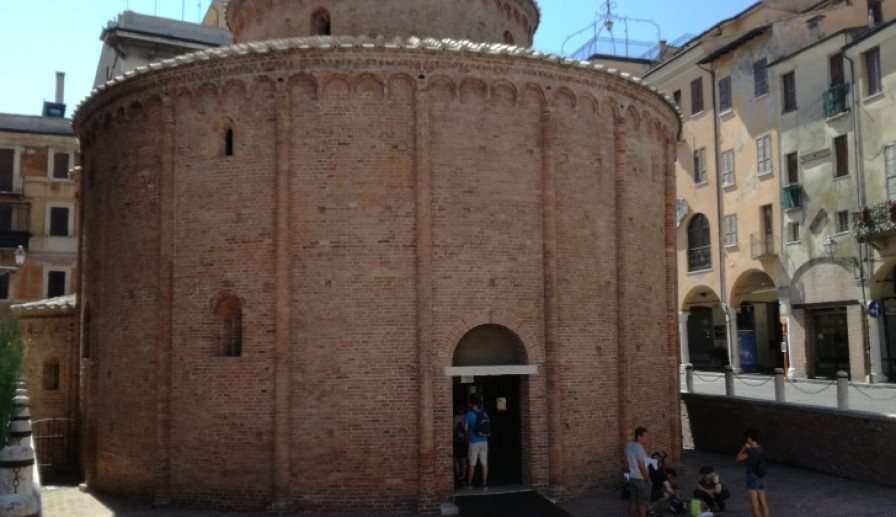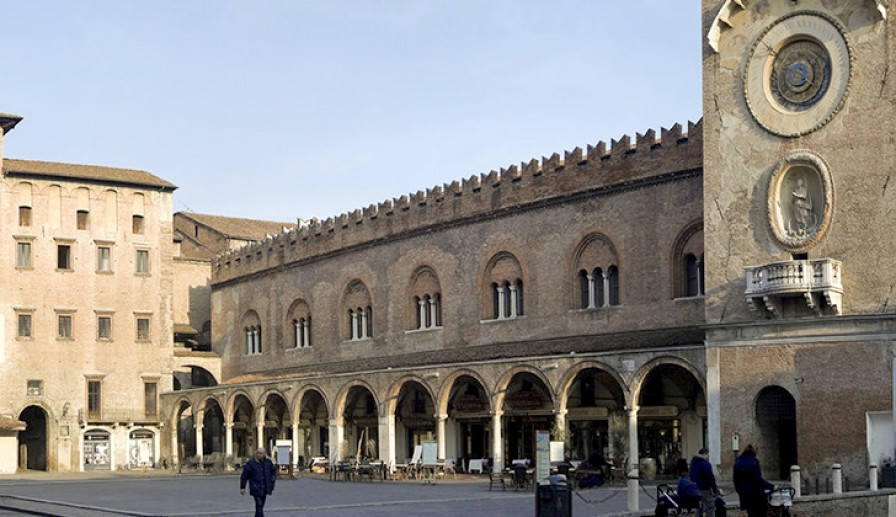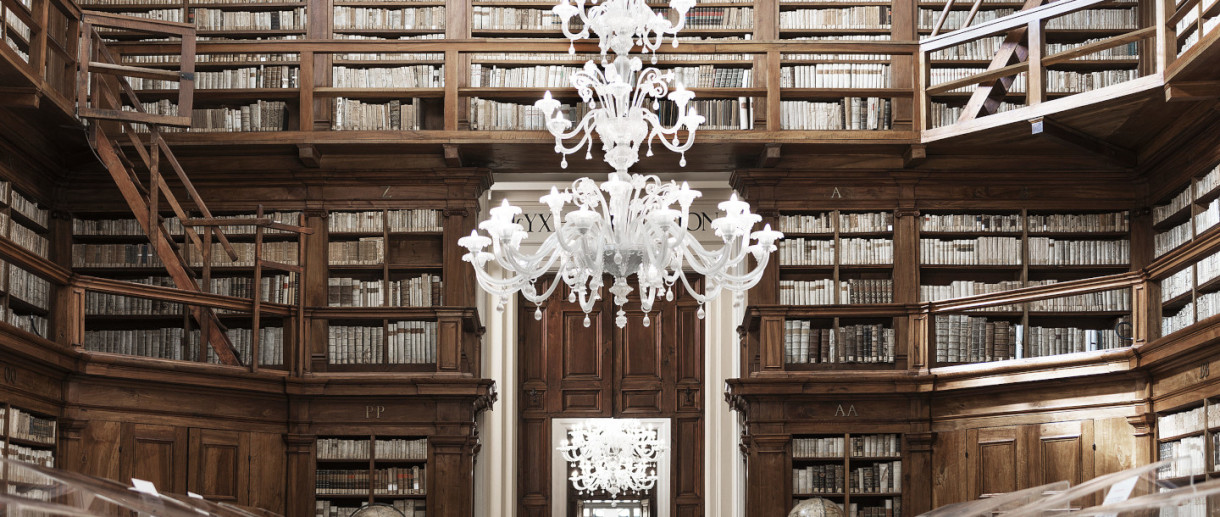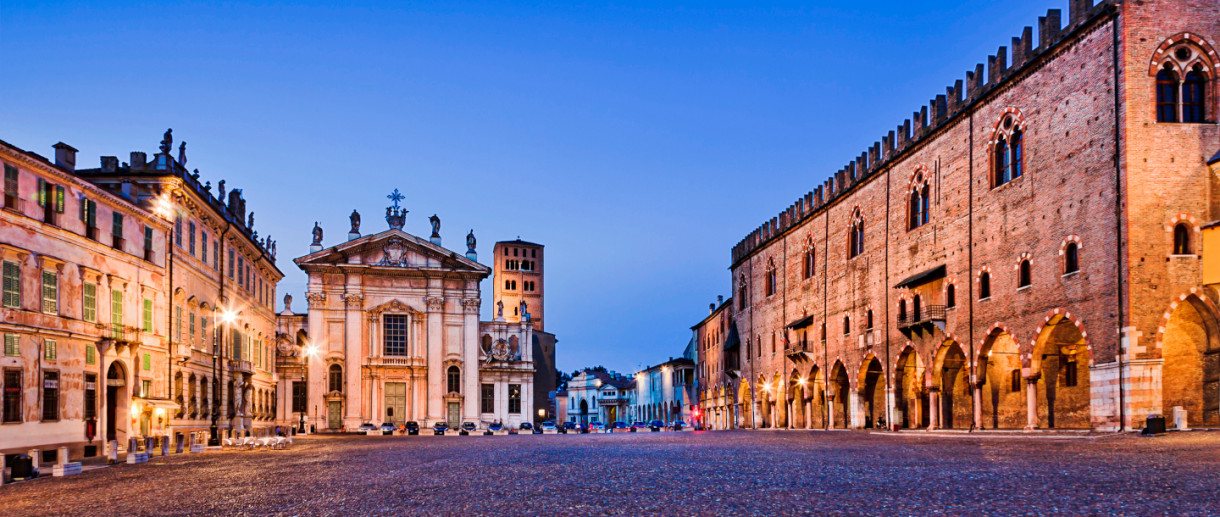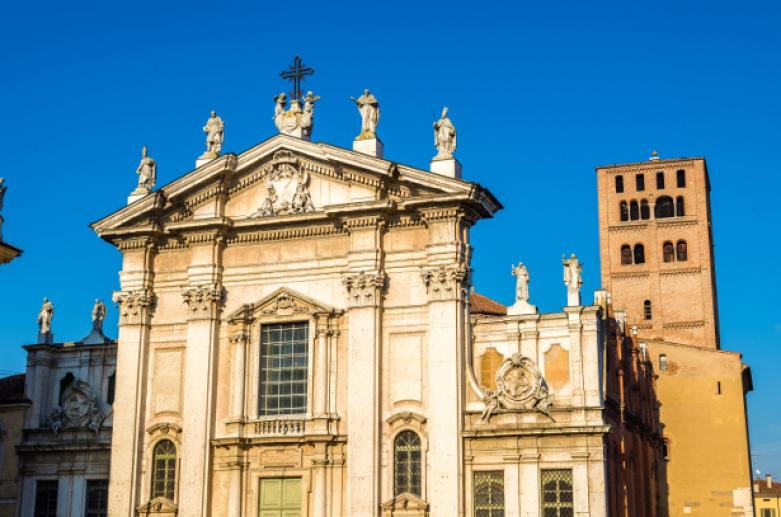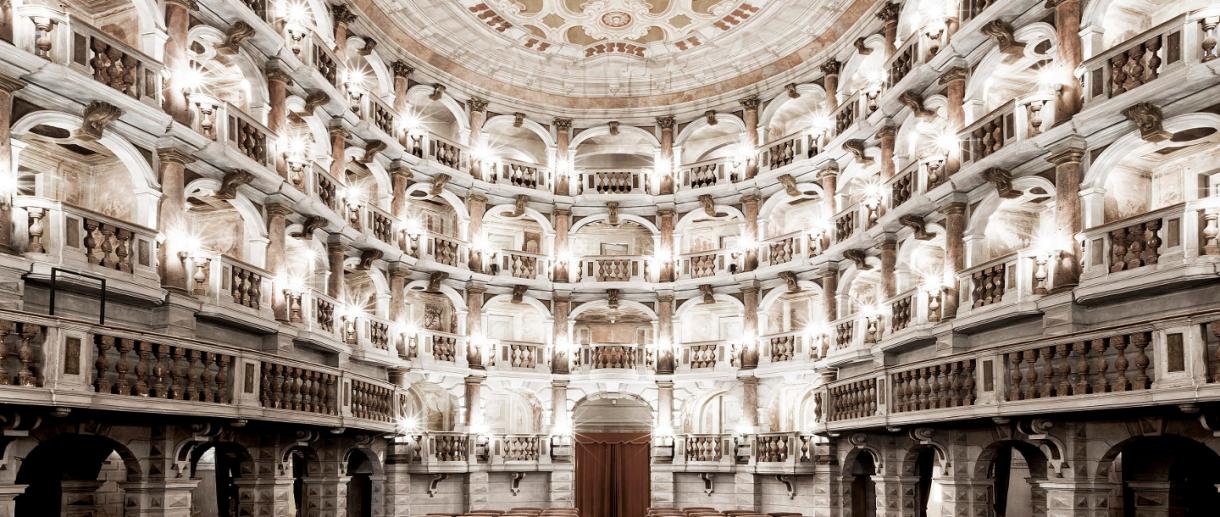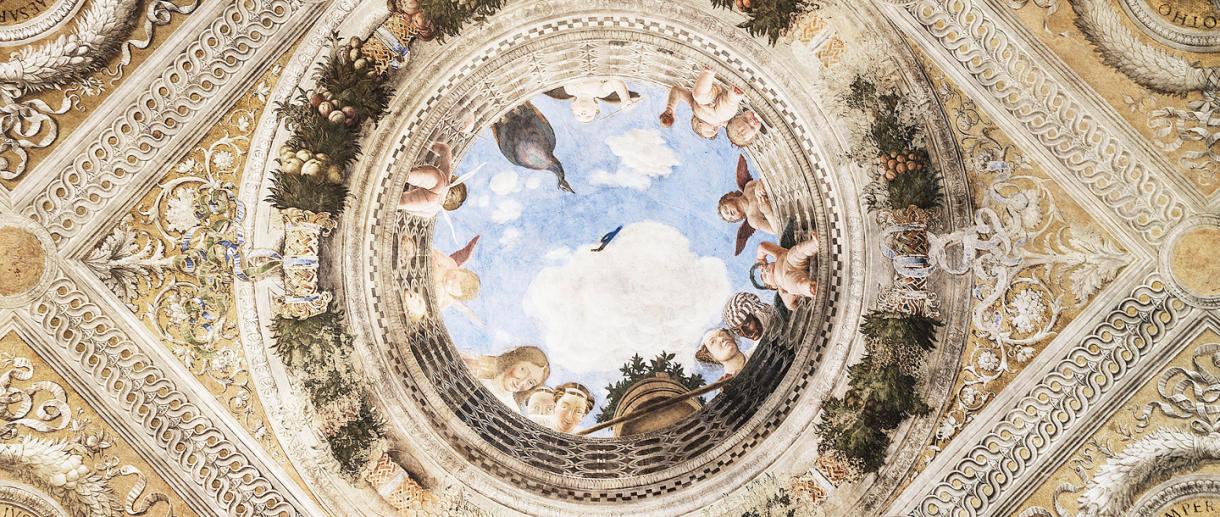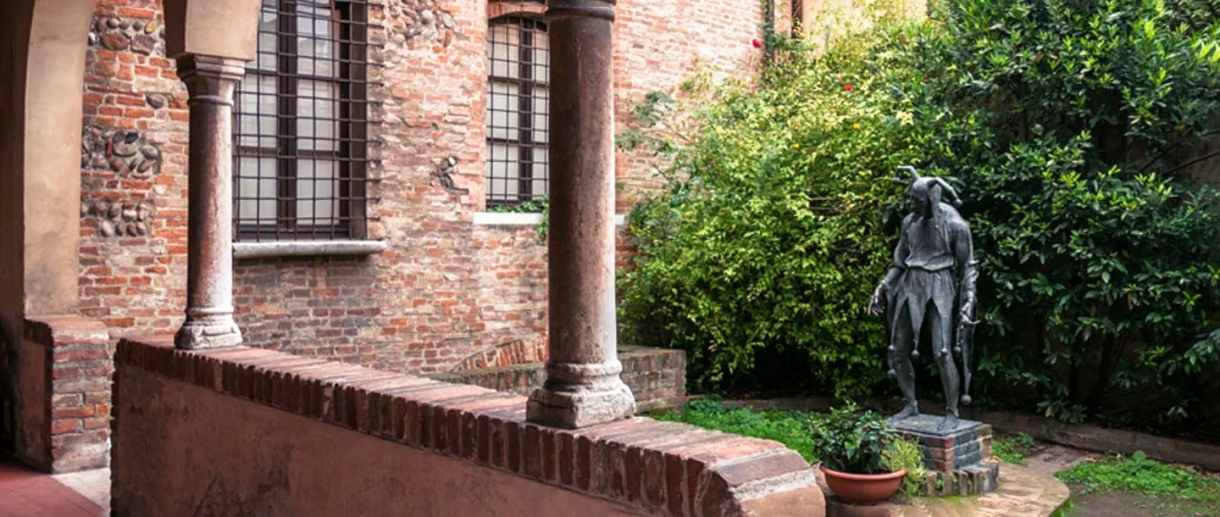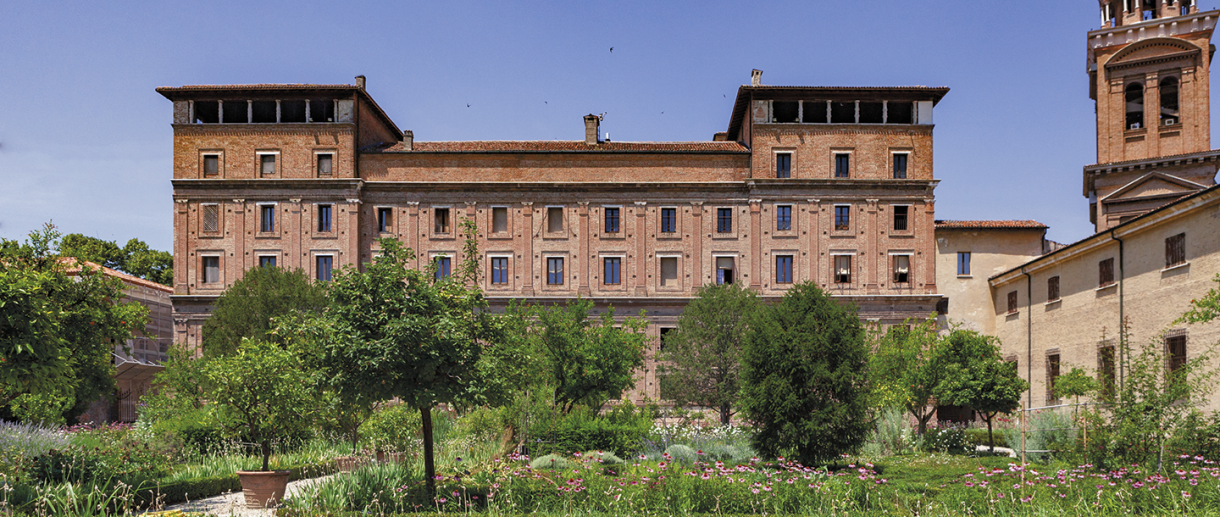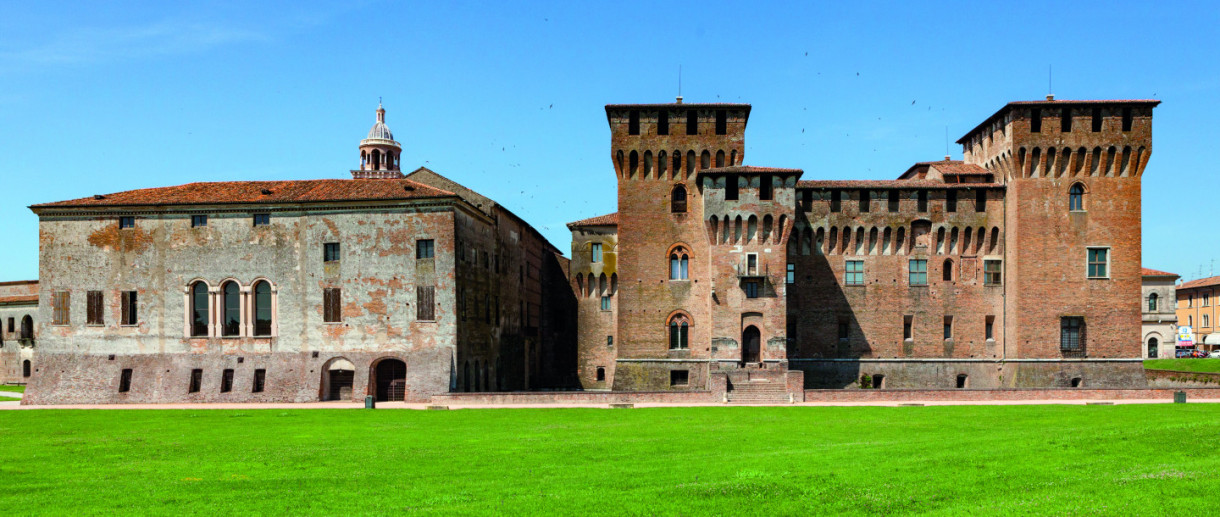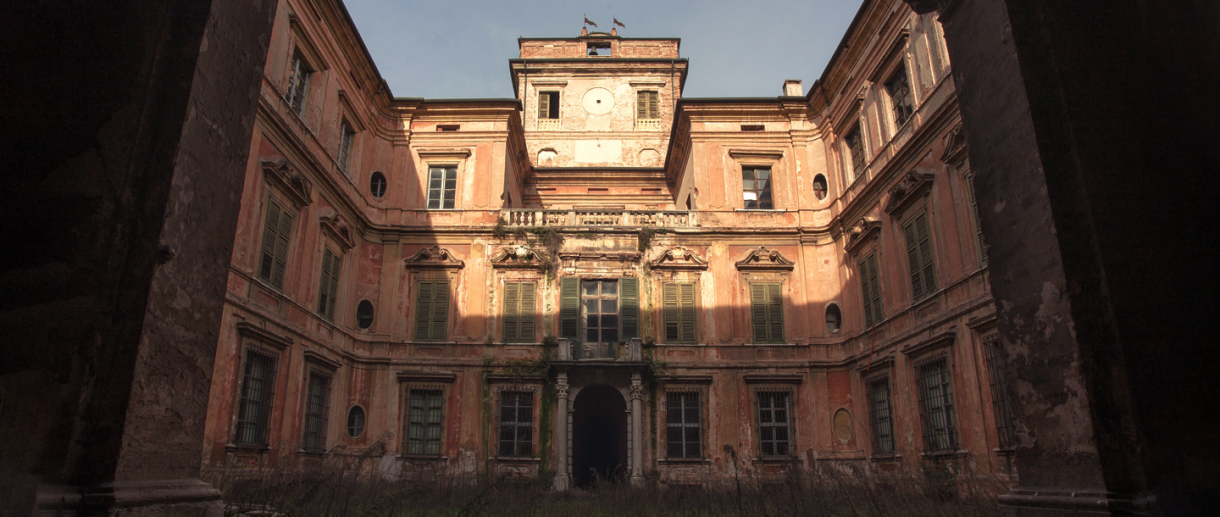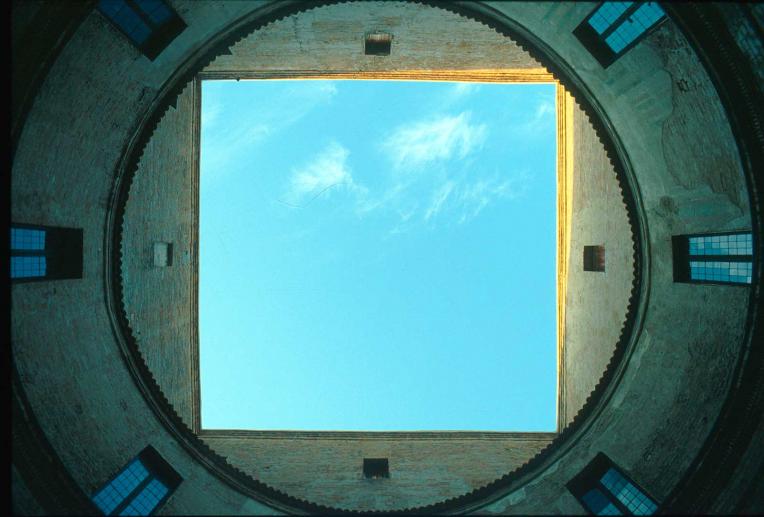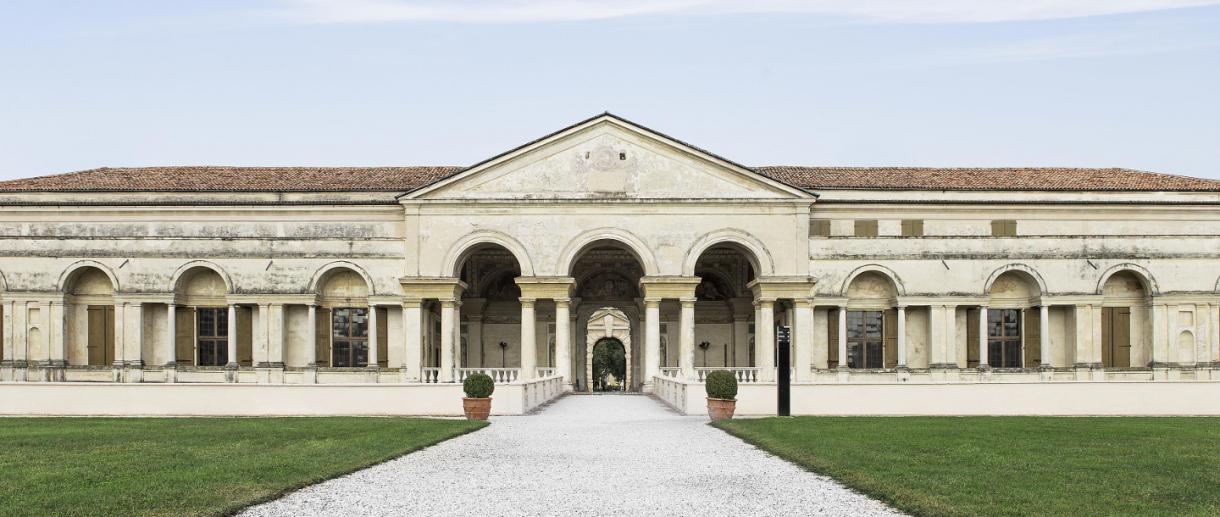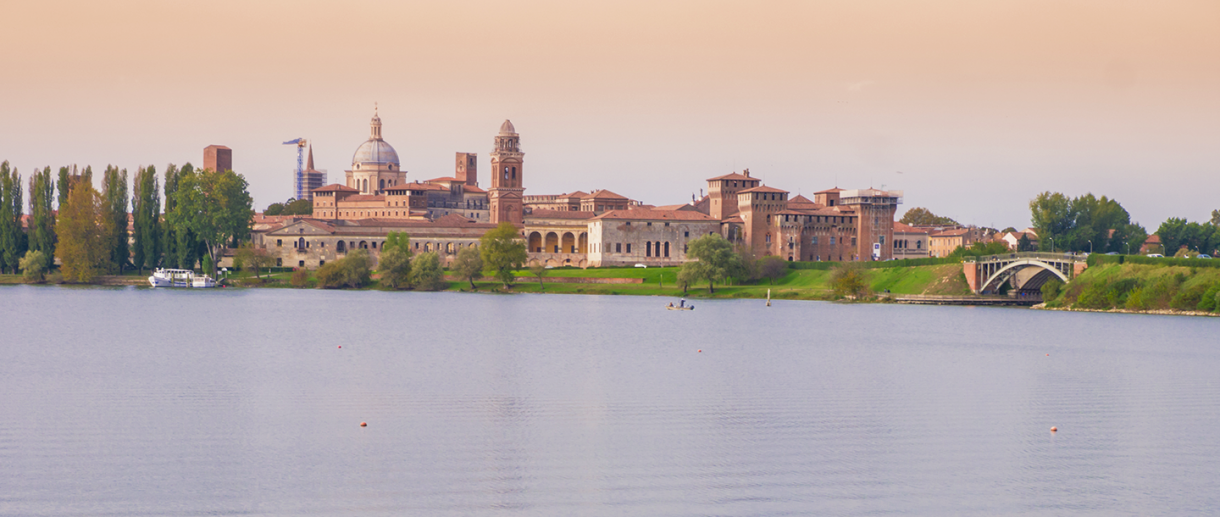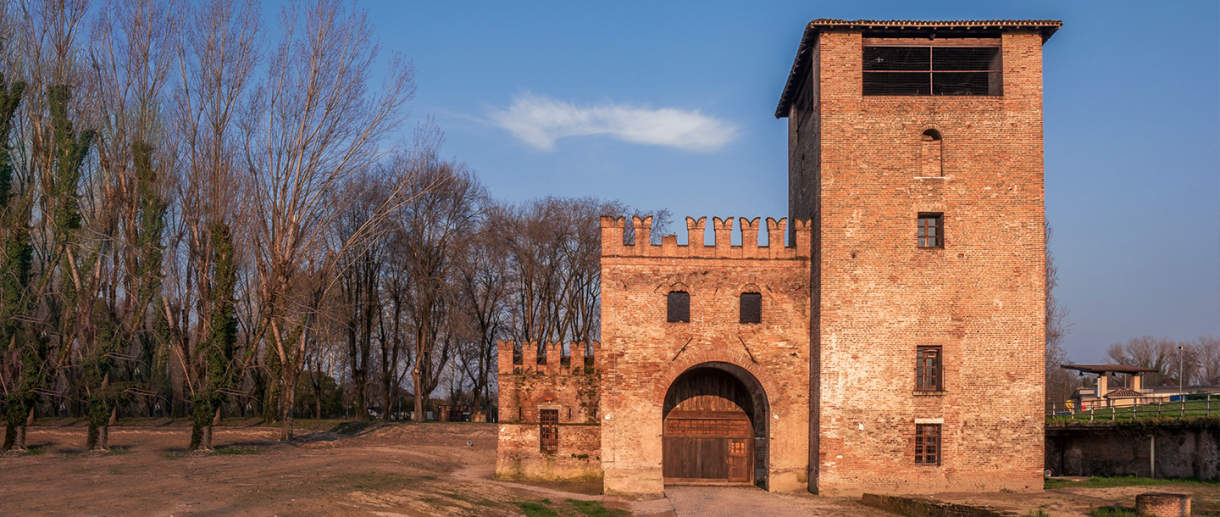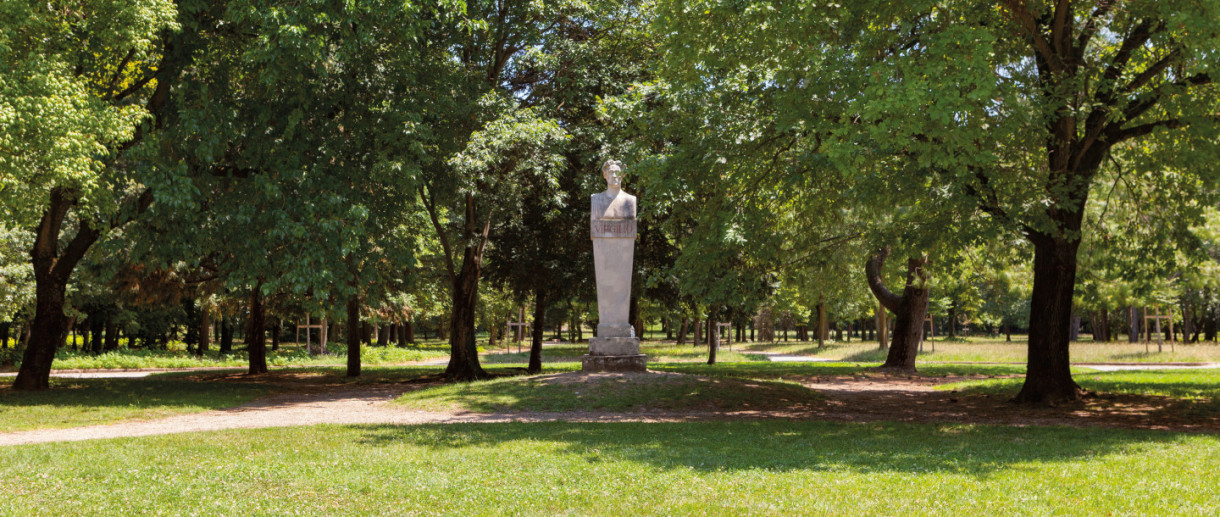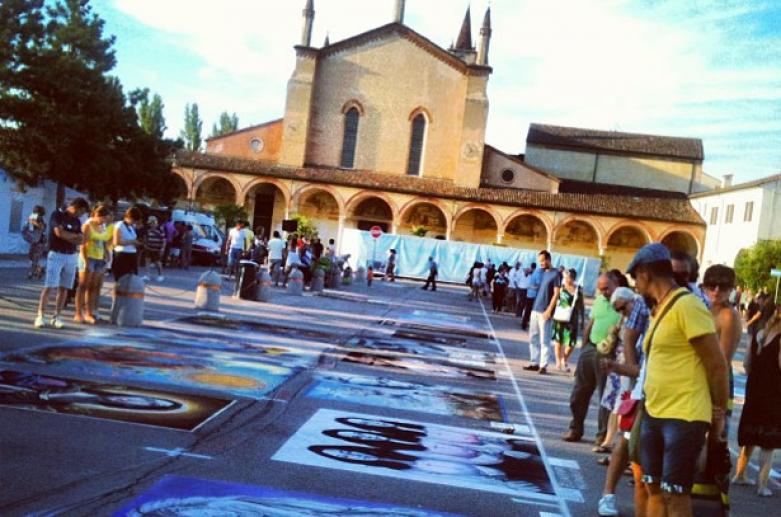- Religious Tourism
- Art & Culture
Leon Battista Alberti Journey into Classicism
Have you ever been struck by the beauty of the religious buildings in Mantua?
They are most definitely worth taking pictures off, perhaps in the low, red light of sunset and, why not, they also provide an excellent opportunity for a day out.
Two of the most important churches in the city are the work of Leon Battista Alberti. During the mid 15th century, this famous Renaissance architect worked in the service of the Gonzaga family in Mantua. His task, from the outset was to add to the grandeur of one of Italy’s most important cities during the Renaissance.
In the centre of the city, he built the Basilica di Sant'Andrea, Mantua’s largest church, which was completed many years after his death.
Like the Temple Leon Battista Alberti (previously referred to as the Temple of San Sebastiano), it has an imposing monumental front, with a bold visual impact: here, Alberti showcases all of his expertise in classical architecture, creating truly interesting solutions.
The front of the Temple Leon Battista Alberti draws on the elements of a classical temple, while the Basilica of Sant'Andrea is more inspired by an Italic-Etruscan temple style.
Passing to the interiors, the similarities between the two churches are noticeably less, above all starting from the layout: the temple having a Greek cross and the basilica a Latin one. Classicism is powerfully dominant here too.
The Crypt of the Basilica of Sant'Andrea
The imposing co-cathedral is a splendid example of Renaissance architecture, and the largest in the city of Mantua. Inside, as well as the precious chapels that flank the central nave and the frescoes of doubtless beauty, there is a surprise: an underground crypt. Inside are two vases containing the Blood of Jesus Christ, and they represent the existing religious relic that is closest to the Holy Grail.
A visit to the crypt is an intense spiritual and historic experience, as well as an important point in the history of the city and of Christianity itself.
